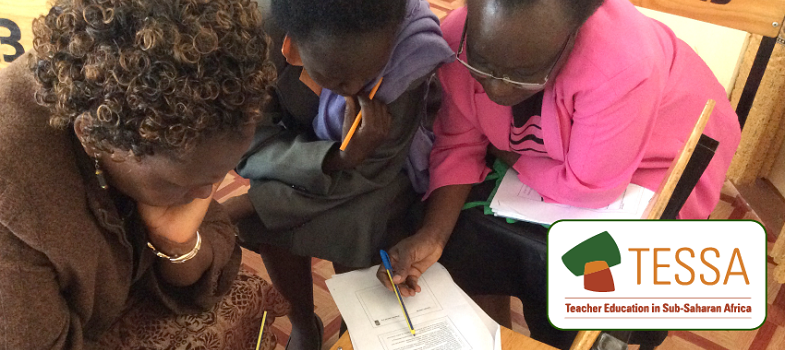3. Community conflicts
Developing an awareness of what can cause conflicts and how to avoid them is important for groups and individuals working together.
A school is a central part of any community, and the teachers and children will represent all parts of that community. As such, the school could play an important role in avoiding or negotiating a solution for wider community conflicts.
Schools can also help pupils become more aware of the causes and issues surrounding conflicts. Some of your pupils may go on to become important players in helping with community-based conflicts.
To help your pupils become confident citizens, you need to:
- make sure your classroom is a harmonious environment;
- help your pupils understand the benefits of this;
- provide them with the skills to resolve conflicts.
Key to this is helping them understand that it is behaviour that is not liked and not the person doing it.
Case Study 3: Involving pupils in finding solutions for community conflict
Abraham works in a school in North West Tanzania. There was a conflict between two nearby villages, Kitete and Mbulumbulu, over a piece of land.
This sometimes caused problems at school, because pupils came from both of those villages and would come to school after hearing the people in their villages arguing.
Abraham decided to address the problem with his pupils.
First, he helped them identify the different things the people of the two villages shared. These included: going to the same school and the same clinic; using the same transport; shopping in the same marketplace.
Then he asked them to identify what was missing from each village. One thing the pupils identified was a sports ground for football and running.
He asked them if there was any land to develop a football field. The pupils suggested some ground midway between the villages.
They prepared a presentation saying why they needed a sports ground, and why this place was the best.
They invited the Parents-Teachers’ Association (PTA) and village committees to come and, after the pupils had made their presentation, everybody discussed the issues.
The committees agreed to the suggestion. The villages both gained a sports ground and the two communities began to cooperate over building it.
Key Activity: Community conflicts
For homework, ask your pupils to each bring in one story about a conflict from the newspaper. Resource 2: ‘Cattle clash sparks bitter feud’ shows an article about land conflict in Tanzania, but you could use different examples.
- In groups, pupils should describe their stories to each other. Ask them to identify the causes of the conflicts.
- Ask them to look again at the stories and suggest what the different solutions might be. Ask them to say who should be responsible for finding the solution.
- Next, ask each group to choose one story and present their ideas for solving the conflict to the class. Ask the pupils to comment on each other’s presentations and say why they think the suggested solution would or wouldn’t work.
- Make a list of all the suggestions made, and ask the class to write about which three they are going to remember and use, and why.
What were the key suggestions that were made?
How did you explore them with the pupils?
2. Resolving conflicts



